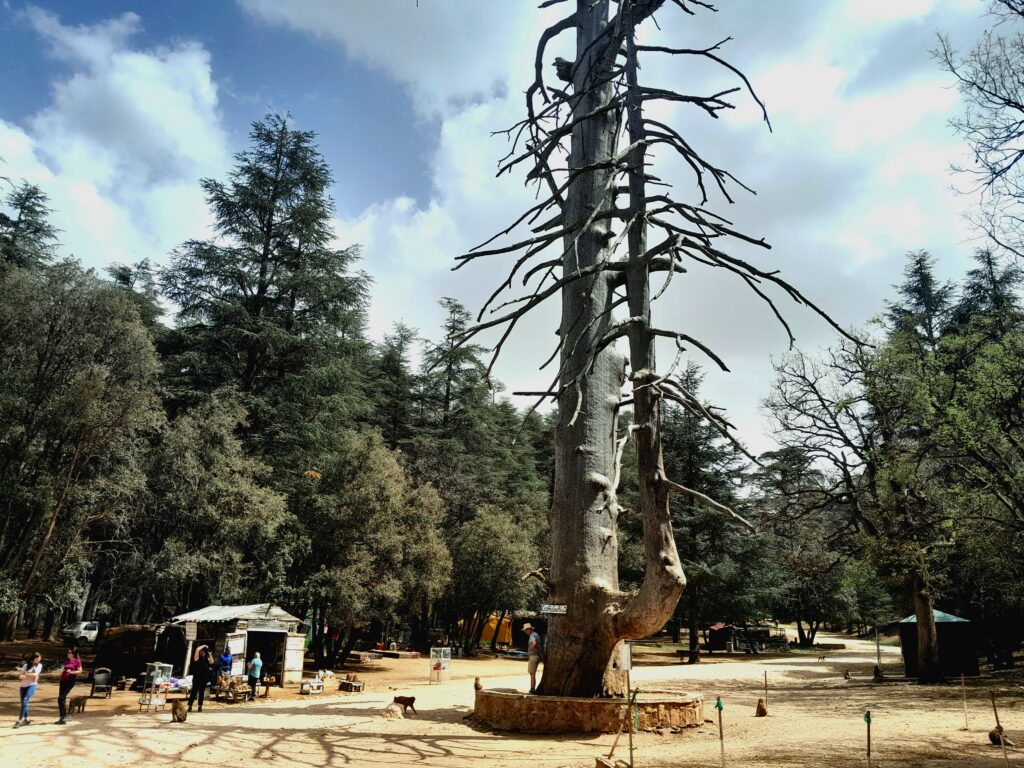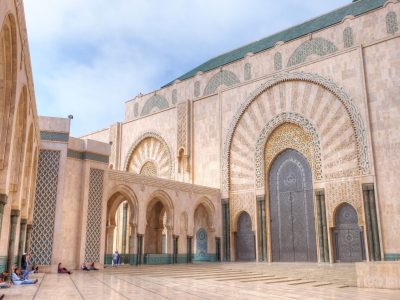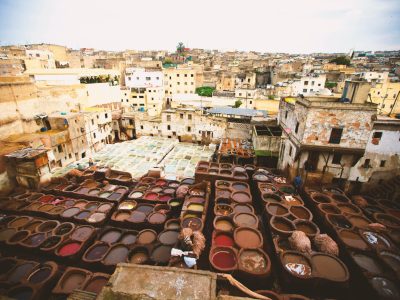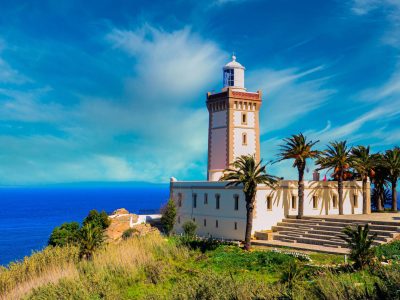Best time to visit Morocco
Discover the Best Time to Visit Magical Morocco
Planning a trip to Morocco can be an exciting yet daunting experience. With so many fascinating cities, diverse landscapes, and rich cultures to explore, it’s no wonder that this North African country is a popular destination for travelers from all over the world. However, like any other travel destination, the best time to visit Morocco depends on various factors such as weather, personal preferences, and budget constraints. In this article, we will delve into the different aspects of Morocco’s climate to help you determine the perfect timing for your adventure.
Understanding Morocco’s Climate and Seasons
Morocco’s climate varies significantly across the country, with influences from both the Mediterranean Sea and the Atlantic Ocean. The coast boasts a Mediterranean climate, while inland areas can range from arid desert conditions to high-altitude mountain environments. As a result, weather patterns vary widely throughout the year. That said, there are four main seasons in Morocco:
- Spring (March to May): Mild temperatures and blooming landscapes make for a beautiful setting.
- Summer (June to August): Hot and sunny days with coastal breezes providing some relief from the heat.
- Fall (September to November): Comfortable temperatures and plenty of sunshine without the peak season crowds.
- Winter (December to February): Rainy and cooler weather in most regions, with snow in the mountains.
Navigating Seasonal Weather Conditions
Before diving into the best time to visit Morocco based on its seasons, it’s essential to understand how the country’s geography impacts its weather conditions:
- Coastal Regions: Cities such as Casablanca, Rabat, and Tangier all experience a Mediterranean climate, with mild winters and warm summers. Humidity levels are also generally lower in these regions.
- Inland Cities: Locations like Marrakech and Fes have more extreme temperature fluctuations, with scorching summers and colder winters. The intense heat can make it uncomfortable to explore during the day, while nights can be chilly.
- Desert Areas: The Sahara Desert experiences sweltering heat during the summer months, making it an unsuitable time for those who cannot handle high temperatures. However, the desert cools down significantly at night, making evenings more comfortable.
- Atlas Mountains: High-altitude weather patterns result in cooler temperatures than surrounding areas. Snow is common during winter months, making it ideal for skiing or trekking enthusiasts.

The Best Time to Visit Morocco: Spring and Fall
For most travelers, the optimal times to visit Morocco are spring (March to May) and fall (September to November). During these seasons, the climate is pleasant throughout the country, and visitors can enjoy various outdoor activities without facing extreme weather conditions.
Spring: A Season of Rebirth
With its mild temperatures and blooming landscapes, spring is considered one of the best times to visit Morocco. In coastal regions, temperatures range from 60°F to 75°F, providing a pleasant environment for exploring cities like Casablanca and Tangier. Meanwhile, inland cities like Marrakech and Fes see temperatures between 70°F and 85°F, making it a comfortable time to visit historical sites and bustling markets.
Spring is also an excellent time to experience Morocco’s natural beauty, as the countryside is lush with greenery and wildflowers. April is particularly lovely in the Atlas Mountains, where almond and cherry blossoms are in full bloom. However, keep in mind that spring can be a popular time for tourists, so advance booking for accommodations and excursions is recommended.
Fall: A Season of Comfortable Exploration
Similarly, fall in Morocco offers moderate temperatures and plenty of sunshine, making it ideal for sightseeing and outdoor activities. Coastal regions see temperatures between 65°F and 80°F, while inland cities boast temperatures from 75°F to 90°F during the day – with cooler evenings providing relief from the heat.
Fall is also a great time to explore Morocco’s desert landscapes, such as the Sahara Desert, as temperatures begin to cool down after the scorching summer months. Plus, fall tends to be less crowded than spring, allowing you to enjoy a more peaceful travel experience.
Summer and Winter: When to Consider Traveling Off-Season
While spring and fall are widely considered the best times to visit Morocco, some travelers may prefer visiting during the off-seasons of summer and winter. Keep in mind that these seasons come with their unique weather-related challenges, but they also present opportunities for savings and fewer crowds.
Summer: Conquering the Heat
If you don’t mind high temperatures and can tolerate the heat, summer can be a viable option for your Moroccan adventure. During this season, expect hot and sunny days, with coastal areas offering some respite thanks to sea breezes. Inland cities like Marrakech and Fes can be scorching during the day, but many attractions and accommodations are air-conditioned for your comfort.
Summer is also a great time to explore the beaches of Morocco, as the Atlantic Ocean provides refreshing waters to cool off. Keep in mind that Ramadan often falls during this season, so some businesses may have limited hours or be closed altogether. However, this also means you’ll get to experience the unique atmosphere surrounding this important religious observance.
Winter: Embracing the Cooler Climate
Although winter in Morocco brings cooler temperatures and rainfall, it’s still possible to have an enjoyable trip. Coastal cities remain relatively mild, with temperatures ranging from 50°F to 65°F, making it suitable for exploring without enduring the sweltering heat of summer.
For ski and snowboard enthusiasts, winter is an ideal time to visit the Atlas Mountains, where snowy peaks provide ample opportunities for winter sports. However, if you’re planning to explore the desert regions or high-altitude areas, be prepared for colder temperatures and potential road closures due to snowfall.
Note that accommodation prices tend to be lower during the winter months, making this a budget-friendly option for travelers who don’t mind the variable weather conditions.
Final Thoughts on the Best Time to Visit Morocco
The best time to visit Morocco ultimately depends on your preferences, interests, and tolerance for different weather conditions. Spring and fall offer the most pleasant climate for exploration, while summer and winter present unique opportunities and challenges for adventurous travelers. Regardless of when you decide to visit, Morocco’s rich culture, breathtaking landscapes, and welcoming people are sure to make your trip an unforgettable experience.
Tours From Morocco
Morocco Classic Tours
Address: 86 Lot Hiba, 30000, Morocco
Phone: +212 613-504732
Email: moroccoclassictours@gmail.com
SITEMAP

© 2023 Morocco Classic Tours. All rights reserved.




